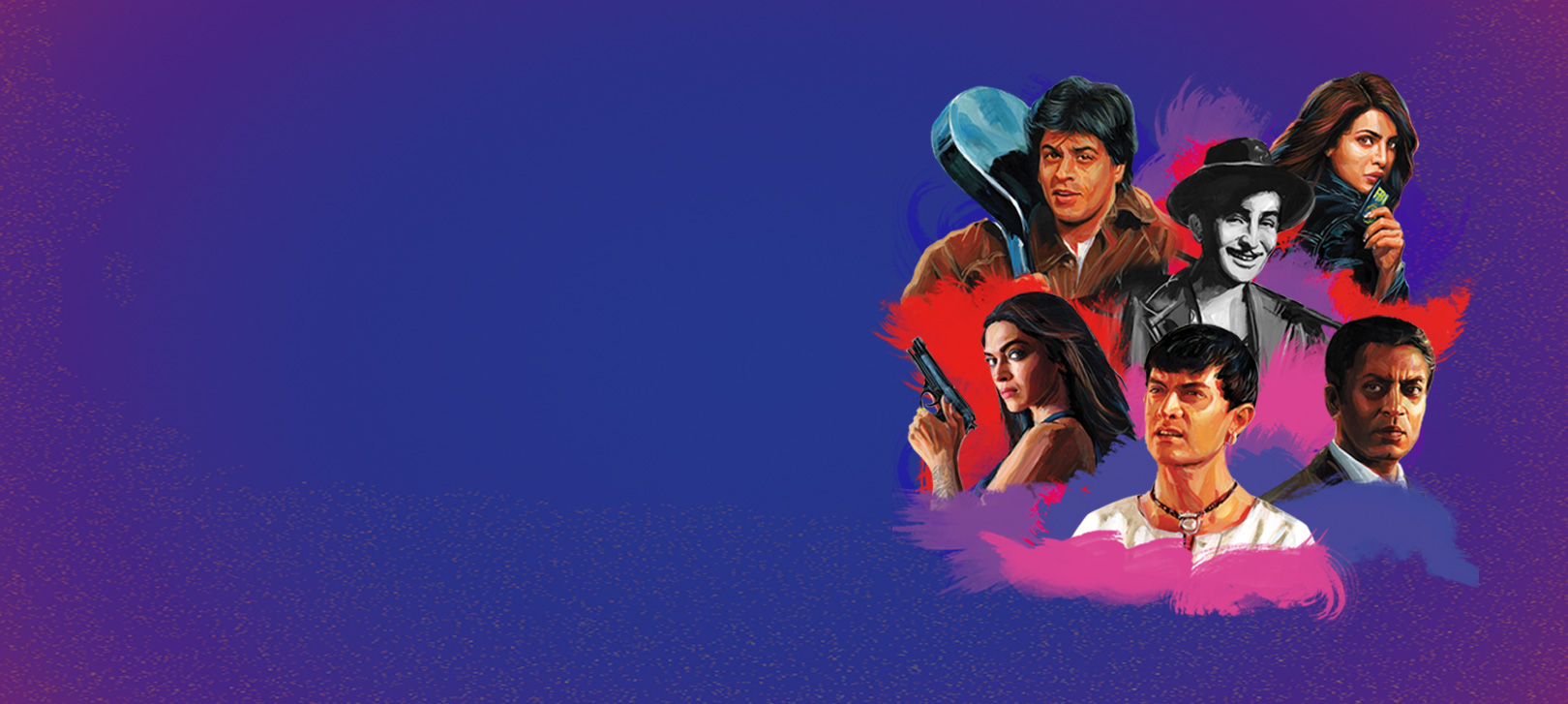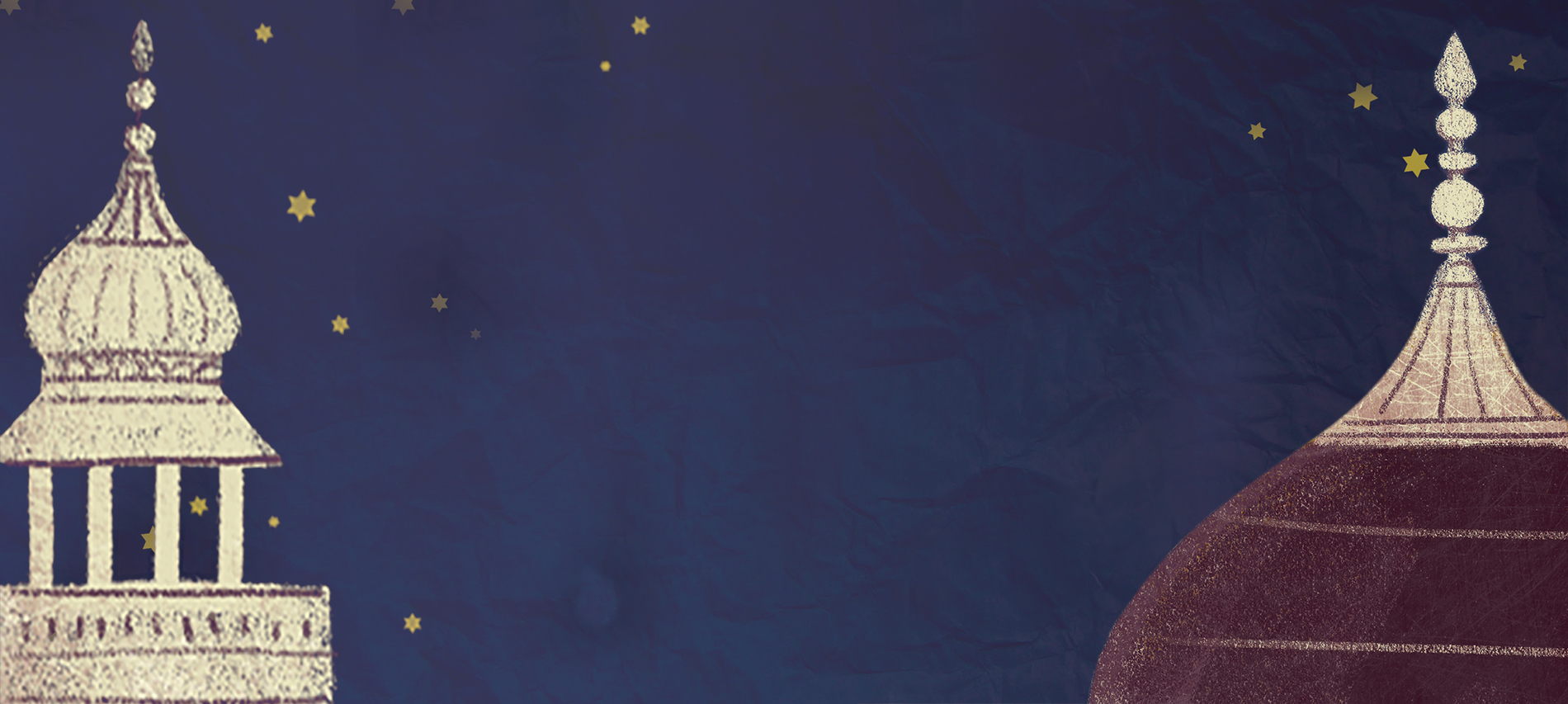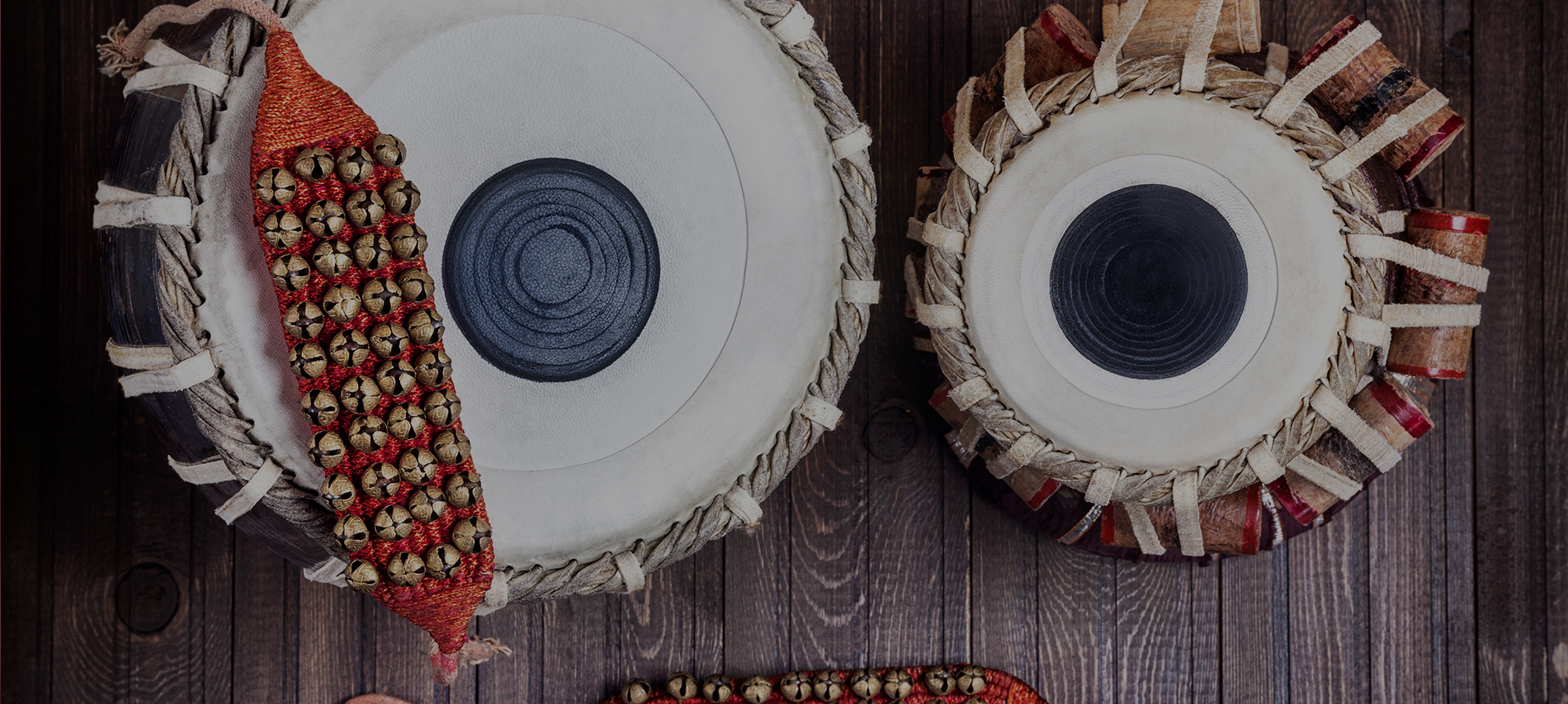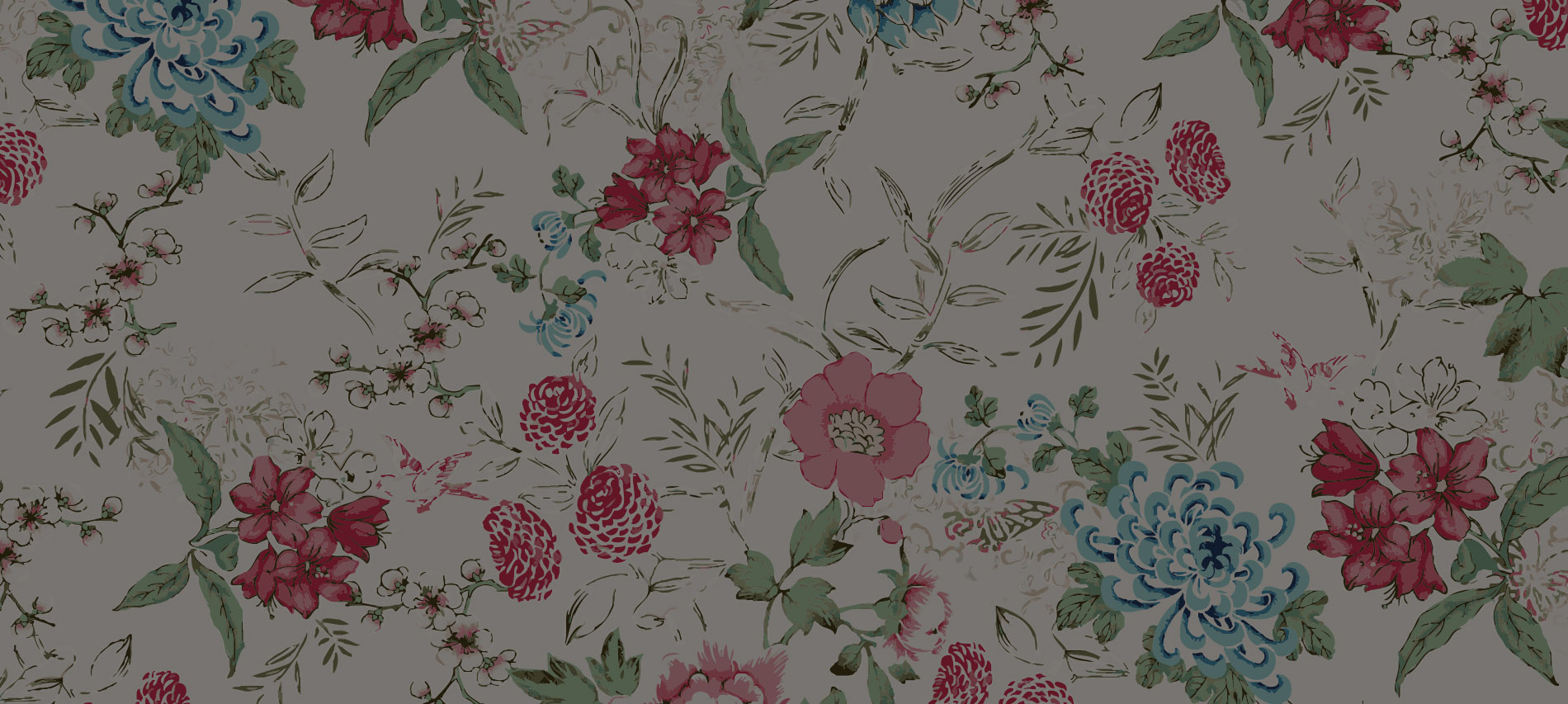From Raj Kapoor to Amitabh Bachchan to Shah Rukh Khan, Bollywood has been India’s best cultural ambassador all over the world. In her remarkable new book – Bollywood Boom – Roopa Swaminathan shows how Bollywood has the power to mould India’s fortunes by winning the hearts of people across continents.
Amidst its rising power to influence the world, Bollywood has both debunked and upheld few myths that surround India and Indians. Here’s a look at six of those popular myths!
Myth 1

When lead characters in mainstream Bollywood films were supposed to have sex onscreen, the scenes showed the rubbing together of two flowers or cutaway shots of birds chirping. But Bollywood has come a long way since! It’s a case of building up an already popular myth – that Indians don’t do sex, or they do it mysteriously – and then busting it some decades down the line.
Myth 2

That’s one of the myths that Bollywood has busted in recent times. Indian girls do choose how their lives play out and that is well-represented by a plethora of modern characters in Hindi cinema. The female protagonist in Love Aaj Kal makes a mistake, gets married to the wrong guy but has the guts to break it off and walk into the sunset with the right guy at the end.
Myth 3

When it comes to sex, Indians have increasingly started to explore and choose. The sentiment is reflected in this new era of Bollywood. In Ek Main aur Ek Tu, the female protagonist openly claimed to have slept with more than a few guys.
Myth 4

Either your parents’ house or your home after marriage – apparently, those are the only options that two consenting adults in a romantic relationship can manage. That myth has been debunked! Salaam Namaste deals with the pros and cons of ‘living together’ before getting married
Myth 5

Gone are the days when the international community viewed India only as this mystical land, full of old-world charms. New Bollywood movies show India in its full range now. Much of the diaspora who travel to India do so after being fascinated by an India that they’ve seen in Bollywood films.
Myth 6

Not every Bollywood film is laden with songs and dances. And certainly, not every aspect of Indian life is a high-volume drama. Increasingly, the new wave of Bollywood has brought to the fore other sensibilities of the Indian culture.
Do you, too, have a myth in mind that you think Bollywood has busted or upheld? We would love to know!

Tag: Art
Art in the Time of Orthodoxy
By Faiqa Mansab
There is a saying in Punjabi: When you make friends with elephants, you should build bigger doors. I’ve always felt that’s an apt way of describing what being an artist means. Art is the elephant; and an artist must make space for the subsequent battles that their art lets into their life. Such battles are small at first: about time spent doing ‘better, more useful things’; then the battles are angrier, ‘you want to end up dead?’ Rubbing the orthodox demagogues, the wrong way isn’t safe in my country and I chose to write stories that are taboo, dangerous even, in the current scenario.
For orthodoxy and extremism to succeed—and they are conjoined twins—a single identity is imperative. Plurality weakens the declaration of ‘us’ versus ‘them’ necessary to the narrative of dogma and so plurality is being systematically shunned. When religion is constructed as the defining feature of a society, then any difference in opinion is perceived as a threat. The bid for a religious identity must be singular, and it must be patriarchal—much like the concept of nationalism. Such an ideology is based on binaries: one must hate in order to love. Extremism is a necessary tool to the fulfillment of nationalistic jargon and jingoism, even though both are in response to global power dynamics and socio-economic oppression.
The battle between organized religion and spiritualism is as old as religion itself. Art for me is a kind of spiritual expression. Doctrine commands that life must be lived with rules. An artist, by nature, flouts rules. Spiritualism suits me better than orthodox tenets, even if spiritualism is currently out of favor within the society and State I call home. This is precisely because conventional religious dogma suits the State. Orthodoxy means rules, rules mean control and control means power.
It isn’t a West versus Islam condition at all. Even a largely Muslim majority country like Pakistan is facing ethnic and sectarian issues because difference is not tolerated in any form at any level. Look at what is happening at Sufi shrines, the very cradle of love and tolerance is being targeted to reinforce orthodoxy.
Extremism around the world is fed by the ‘us’ versus ‘them’ psyche, spreading like a contagion; and it is not just xenophobic, Islamophobic, anti-Semitic. Shia versus Sunni; liberal versus conservative, orthodox Muslim versus Sufi Muslim, neighbor versus neighbor—as if 1984’s Orwellian universe has become the new reality. These days one must have a single identity to be considered ‘true’ to one’s country, one’s race, one’s people. Not having a single identity makes one suspect. Plurality and hybridity are threats to be eliminated. Hence the witch hunt against seekers of truth—journalists and artists ongoing in Pakistan.
When society is divided between self-proclaimed self-righteous soldiers of God and ‘others’, then any deviation is open to interpretations of madness, of rebellion and sin. When ‘justice’ is meted out by mobs, and social media becomes a platform for shaming and blaming rather than a platform of freedom of speech, then extremism has already infected the socio-political fabric of society. It is already an unstable environment where conformist thinking has taken strong root and flowered into radicalism. These conditions bother me and in my stories, I’ve tried to depict this volatile and insecure place where law is open to interpretation by the highest bidder.
There is a lovely poem in Urdu by Dr. Khalid Javed Jan “Main Baghi Hoon”. It’s a beautiful poem about an artist, a person of principles, who is aware that he dares to do the right thing by speaking out against oppression. It’s one of my most favorite poems.
Man is a political animal. So is woman.
The worst off in this tussle, as in many other power struggles over the past centuries, are women. Their bodies are the site of struggle between conformist and liberal thinkers, and patriarchal wars are waged on their bodies. Should women be ‘allowed’ to wear the hijab? Should they be ‘allowed’ to wear burkinis? Should they be ‘allowed’ to wear bikinis? If perchance, it’s the body of an immigrant woman, then the right to speak about it, to dictate to it, to pass laws and judgment on it, increases manifold.
It began with Eve, who was not only an exile but also an immigrant. She came to a new world, leaving the familiar, her home—the Garden of Eden (‘Home’ is always the garden of Eden in memory and nostalgia) looking to build a new life with Adam on Earth. Immigration is ingrained in human psyche. It is a natural progression for some, a necessary act of survival for others.
There is another kind of immigration that the world finds problematic: the one between genders. Where do people of indeterminate gender, people who choose to change their sexual identity go? There is no country for queer people.
We can all agree that gender is a political declaration. My novel, This House of Clay and Water tells the stories of Bhanggi, Nida and Zoya, a hermaphrodite, a woman, and a child who are victims of their place, their society and culture, because of their genders and because they do not conform. Gender is still at the heart of power struggles in a lot of places in the world. And place, space, position is important in negotiating with power. Where one is from, and where one can go, are equally dynamic parameters of negotiation.
I often wonder, what art means. It is a roar against patriarchy for me, and it is a declaration of independence against conformity. Art reflects its times and the response of people to those times.

5 Momentous Performances of Sonal Mansingh
At the tender age of 18, Sonal Mansingh began dancing professionally. In a career of fifty-five years, she has given many mesmerizing performances in Bharatnatyam, Odissi, and Chhau.
Mansingh has travelled the world for her dance and won many accolades. Here are five momentous performances by her that make us want to go back in time and witness them.





Read more about her illustrious dance career in Sonal Mansingh: A Life Like No Other.
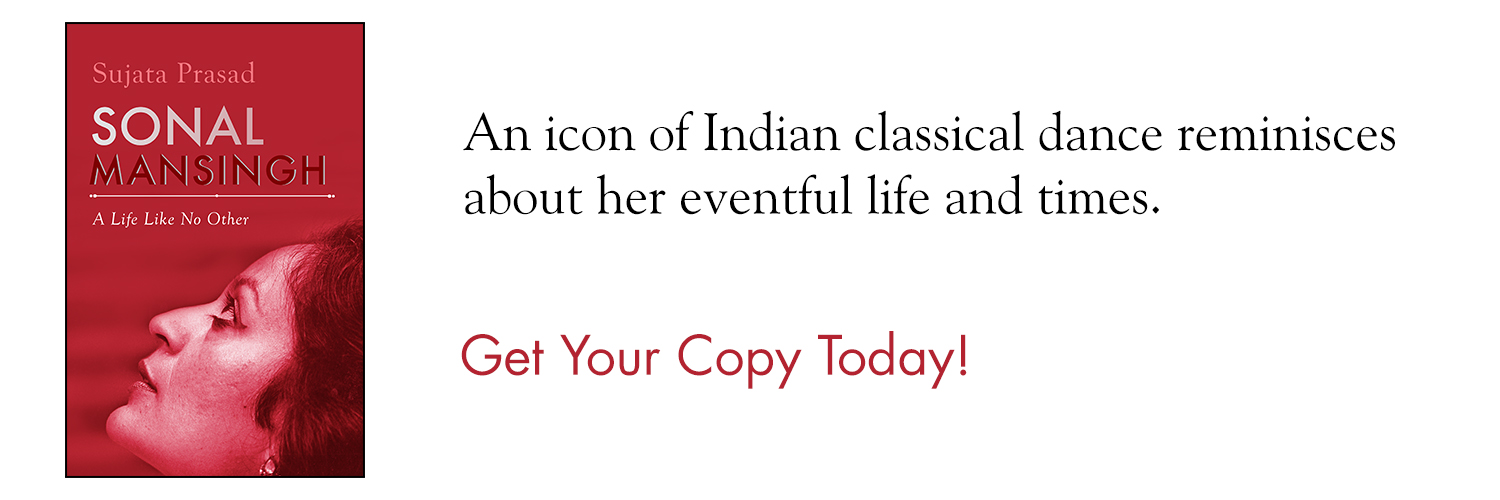
5 Quotes by Jhumpa Lahiri on Books and Their Covers
We often hear, “do not judge a book by its cover.” Perhaps not in judging the book entirely, but the cover does form an important visual relationship to the book
Jhumpa Lahiri explores this relationship of text and image in her latest book, The Clothing of Books.
Here are some intriguing quotes by Jhumpa Lahiri on the covers of books:
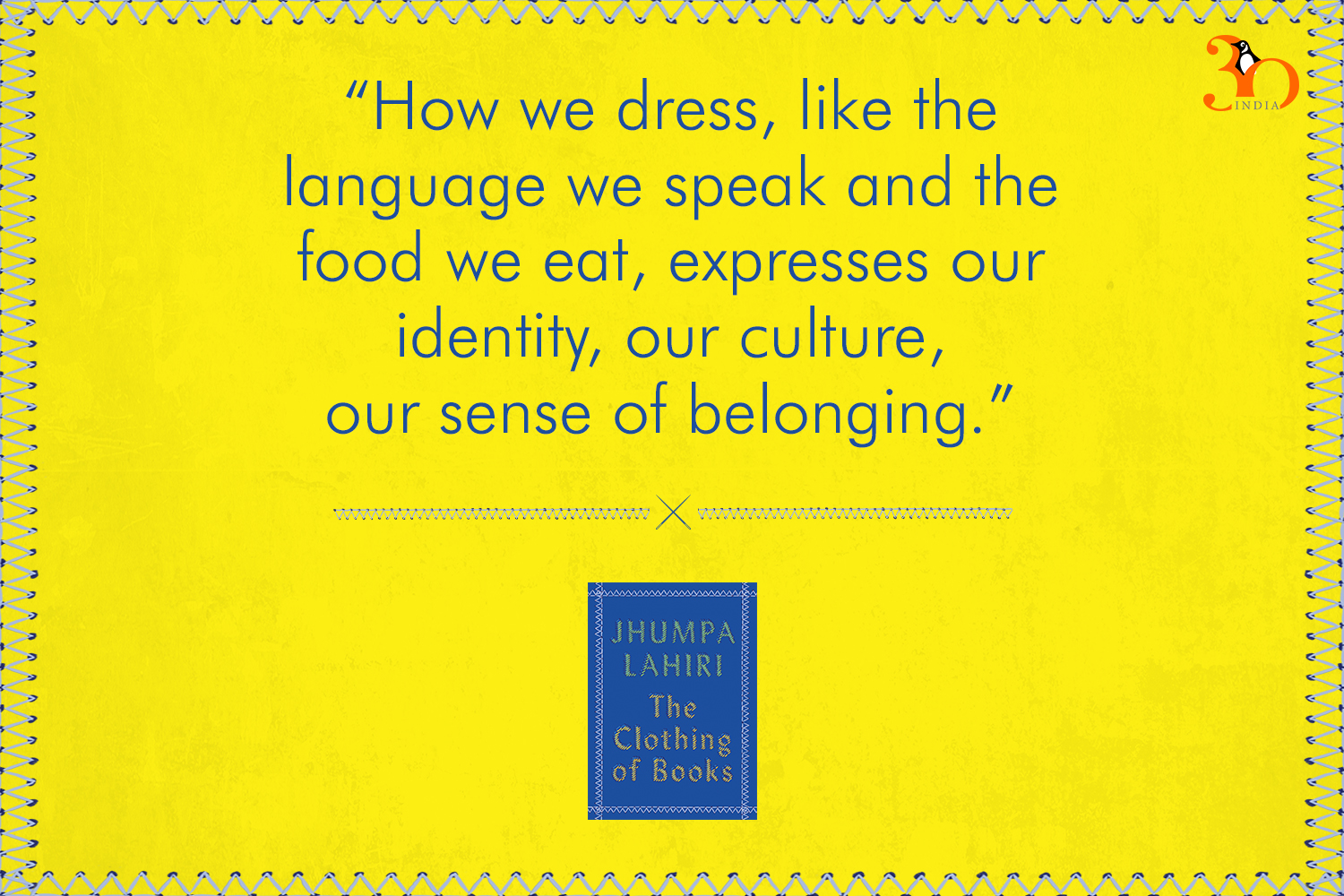
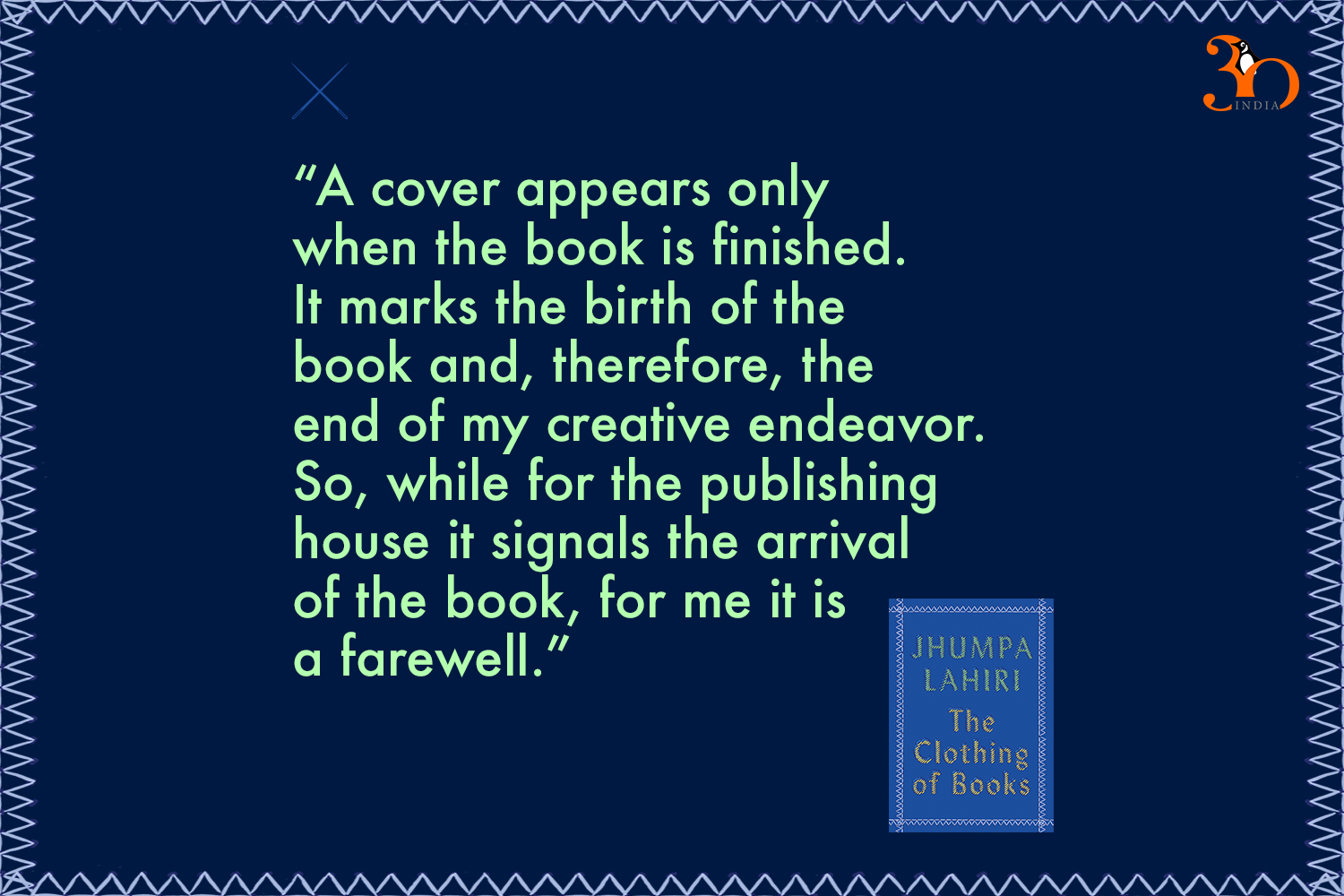
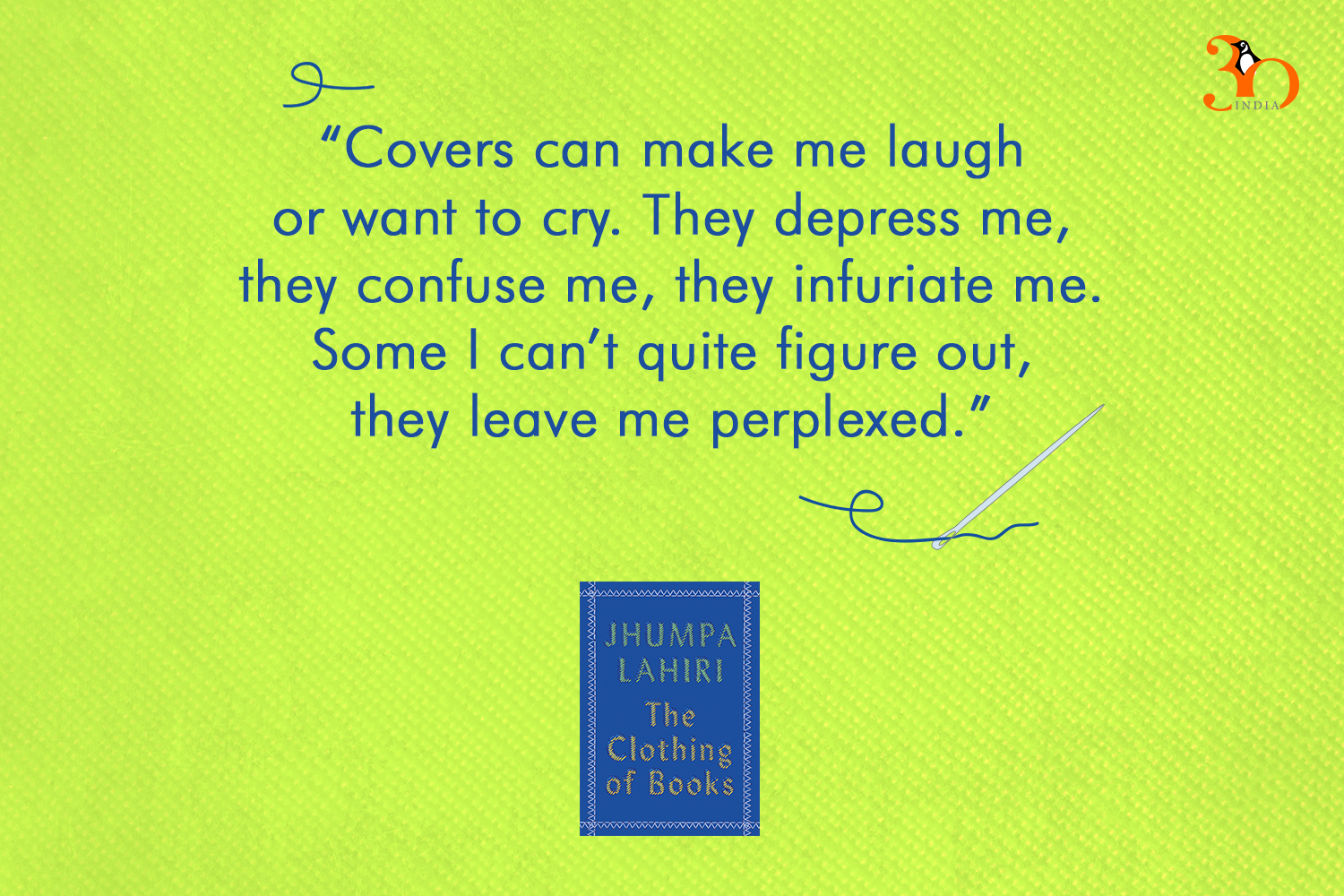
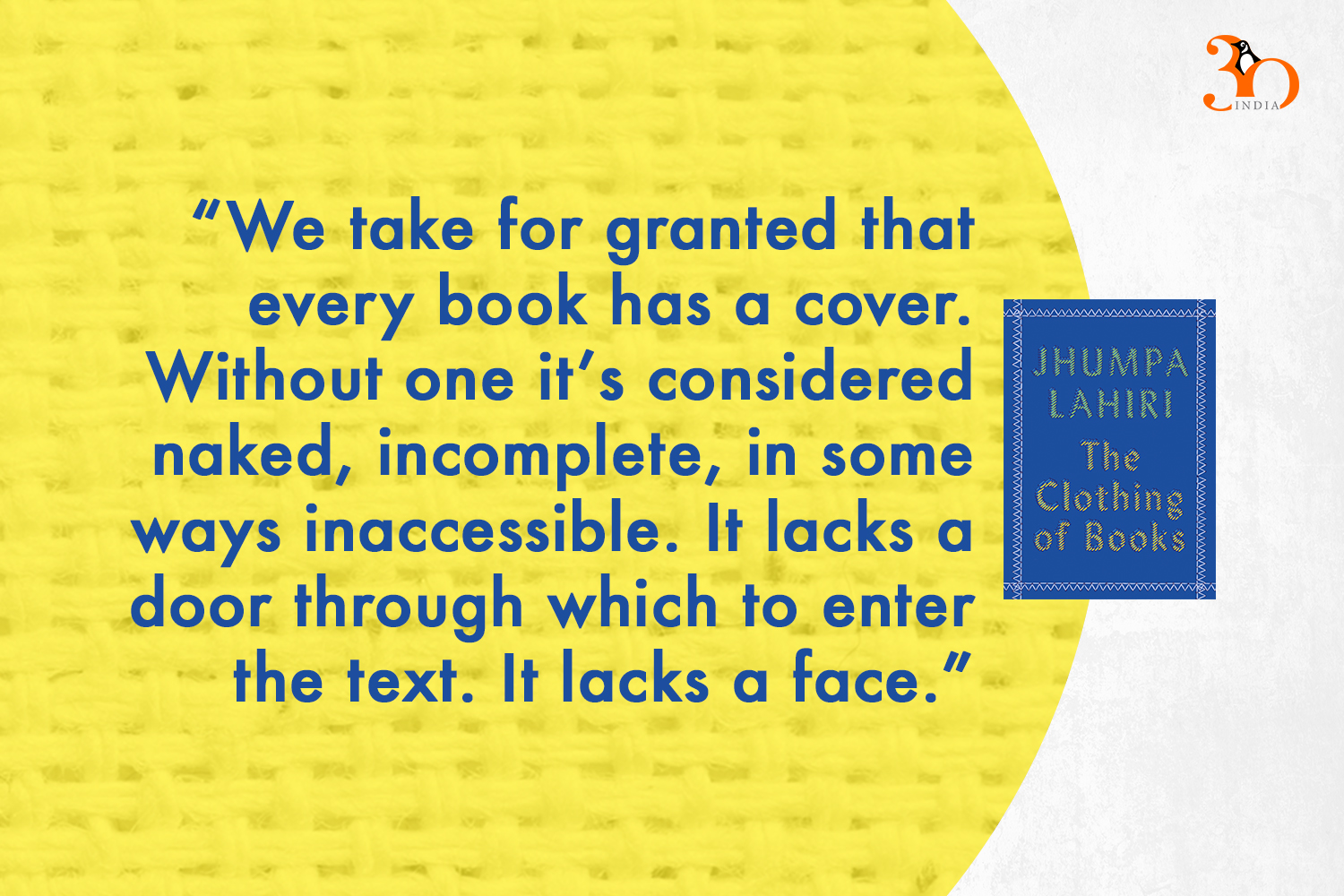
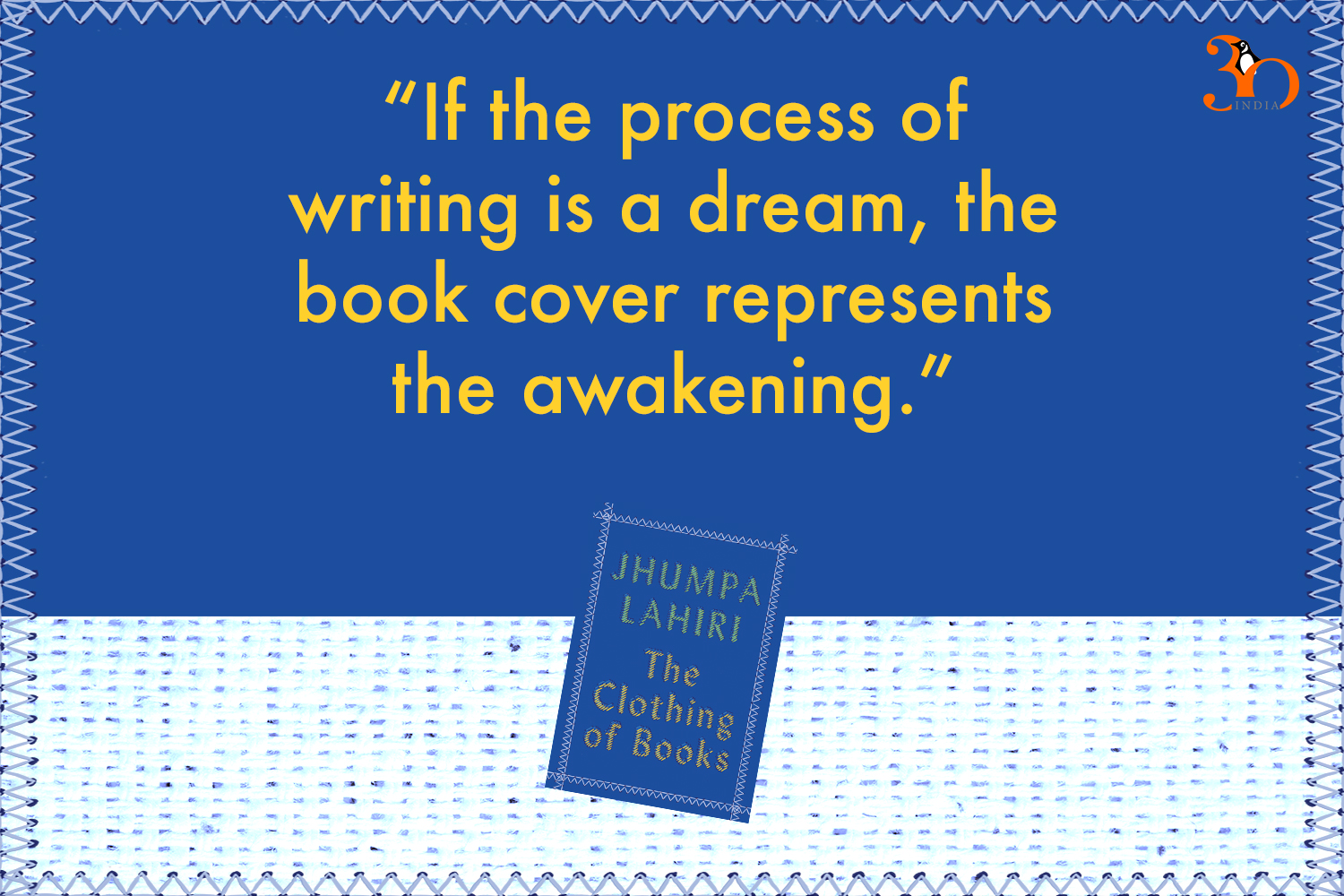
Probing the complex relationships between text and image, author and designer, and art and commerce, Jhumpa Lahiri explains what book covers and designs have come to mean to her in The Clothing of Books.

Classic Translations and Their Breathtaking Book Covers
The world of literature is full of some enigmatic works that transcend the boundaries of language.
If you are looking to immerse yourself in some beautifully translated works (with stunning covers), look no further.
Here’s a list of five gorgeous looking classic translations that will leave you enthralled!
Kalidasa’s Classics
Kalidasa, perhaps the most extraordinary of India’s classical poets, composed seven major works: three plays, two epic poems and two lyric poems. Originally written in Sanskrit, the legacy of the writings have passed on to generations through various translated media. Kalidasa’s classics are also filled with lush imagery—from the magnificence of the bountiful earth to the glory of the celestial gods, from the hypnotic lilt of birdsong to the passionate love stories between couples. This vibrant verbal imagery translates beautifully into the covers of these books. Whether it be the green hue of the glorious forests in Meghdutam or the myriad of colours in the love story between Shakuntala and Dushyanta in Abhijananashakuntalam or the colour blue depicting the travails of Dashratha in Raghuvamsam, the covers of the translations reflect the beauty of his works.

My Name is Radha by Sadat Hasan Manto
My Name Is Radha is a path-breaking translation of stories that delve deep into Manto’s creative world. In this singular collection, the focus rests on Manto the writer. The vibrant pink hue of the cover reflects the boldness of Manto’s writings and the retro-graphic and font on the cover reflect Muhammad Umar Memon’s attempt to keep true to the artfulness in the translation.

The Broken Mirror, None Other, and Steps in Darkness
Written and translated by the eminent iconoclast Krishna Baldev Vaid, his writings echo an aspect of the turmoil the people and the Indian subcontinent went through during the time of partition. The perpetuating, almost uncontrollable patterns on the covers of these translations perhaps reflect the myriad moods that people suffered through during those times.

Have you seen a cover of a translation which has left you awestruck? Share with us!

What Aurangzeb Loved: 6 Things that Moved His Heart
Aurangzeb was an enigmatic king. To quote Khafi Khan, the laudatory eighteenth-century historian of Aurangzeb’s reign, who, comparing Aurangzeb to the Persian ruler Jamshid said, “To attempt a summary of the major events of a fifty-year reign of an emperor the equal of Jamshid is to measure the ocean’s water with a pitcher.”
There were many layers to Aurangzeb, many things that inspired and moved his heart.
Here are six instances from Aurangzeb’s life that reveal his loves and passions!
He had a passion to carry the Mughal legacy forward and building a great career

He had a deep love for literature and poetry

Few know about Aurangzeb’s whirlwind romance

Leisure and music moved his heart

He had a passion for justice

And he loved mangoes!


Fascinated? Looking to read more about this Indian emperor who is often misunderstood? Get Audrey Truschke’s Aurangzeb: The Man and the Myth here!







